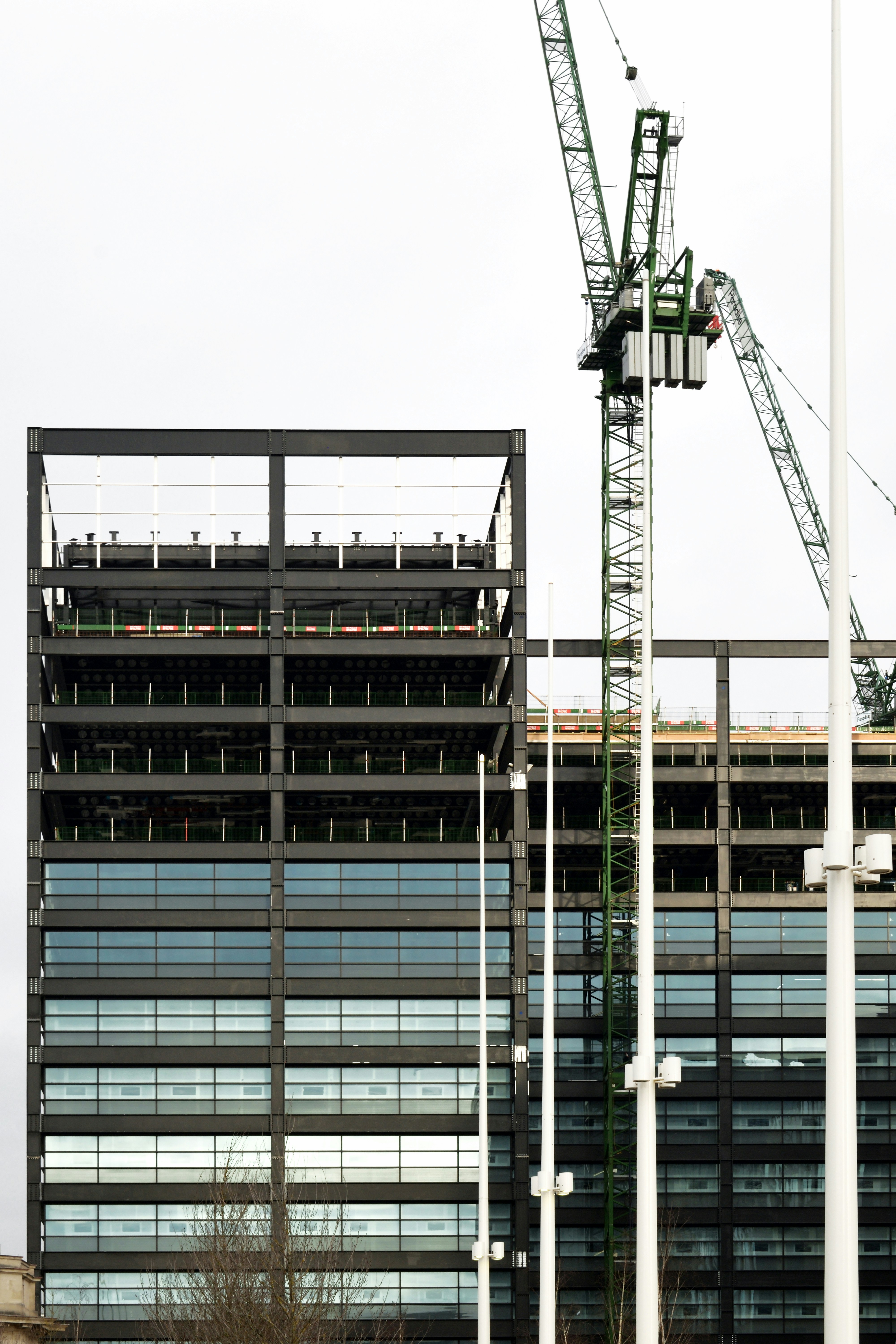Understanding the Importance of Resilient Building Codes
Florida, a state renowned for its beautiful beaches and vibrant communities, is no stranger to the destructive power of hurricanes. Each year, hurricane season poses a significant threat, and in recent years, climate change has only exacerbated the intensity of these storms. In light of this growing danger, adapting building codes for hurricane resilience has become an imperative measure to ensure the safety of Floridians.
Why Building Codes Matter
Building codes are the regulations governing the design, construction, and maintenance of structures. These codes are critical in ensuring that buildings are safe, sustainable, and able to withstand natural disasters. In hurricane-prone areas, robust building codes can make the difference between a structure that survives and one that crumbles.
For those interested in developing their awareness and preparedness, our training courses offer comprehensive insights into emergency response strategies.
Historical Context and Current Standards
Florida’s building codes have undergone significant revisions following major hurricanes. The devastation caused by Hurricane Andrew in 1992 prompted a reevaluation of existing standards, leading to the establishment of the Florida Building Code (FBC). This code has evolved over the years to incorporate new materials and construction techniques that enhance resilience.
Recently, the focus has shifted towards integrating advanced technologies and materials that can withstand the increased force of modern hurricanes. By incorporating insights from scientific studies, the state continues to update its codes to ensure they address both current and future challenges.
Technological Advancements in Building Design
The evolution of technology has introduced groundbreaking advancements in building design. Techniques such as impact-resistant windows, reinforced roofing, and elevated structures are increasingly common in new constructions. These innovations minimize the risk of structural damage and protect occupants during severe weather events.
Community Involvement and Education
The implementation of stringent building codes requires more than legislative action; it necessitates community involvement and education. Local governments play a vital role in disseminating information about code changes and ensuring compliance. By fostering a culture of safety and preparedness, communities can work together to protect their neighborhoods.
FEMA’s Hurricane Toolkit provides valuable resources for homeowners and builders looking to understand and implement hurricane-resistant features in their properties.
Challenges and Opportunities
Economic Implications
Adapting building codes for hurricane resilience is not without its challenges. The financial burden of retrofitting existing structures or adhering to more stringent codes can be significant. However, the long-term benefits of such investments—reduced damage costs, lower insurance premiums, and enhanced safety—often outweigh the initial expenditures.
Incentives for Compliance
To encourage compliance with updated codes, Florida offers incentives such as tax breaks and insurance discounts to property owners who proactively enhance their buildings’ resilience. These incentives not only promote safer construction practices but also stimulate local economies by creating demand for construction services and materials.
The Path Forward
As we look to the future, it is crucial to recognize the role of resilient building codes in safeguarding our communities. By continuing to adapt and innovate, we can reduce the vulnerability of our structures and better protect the people who rely on them.
HelpNow is committed to supporting efforts in disaster preparedness and resilience building. We offer a range of core safety training programs designed to equip individuals and organizations with the knowledge and skills needed to navigate the challenges posed by natural disasters.
For further insights into our initiatives and how you can get involved, visit our blog or reach out via our contact page.
Conclusion
Adapting building codes for hurricane resilience is a crucial step in mitigating the impact of these powerful storms. By leveraging modern technologies, fostering community education, and incentivizing compliance, Florida can lead the way in creating safer and more resilient communities. Together, we can face the future’s challenges with confidence and strength.

